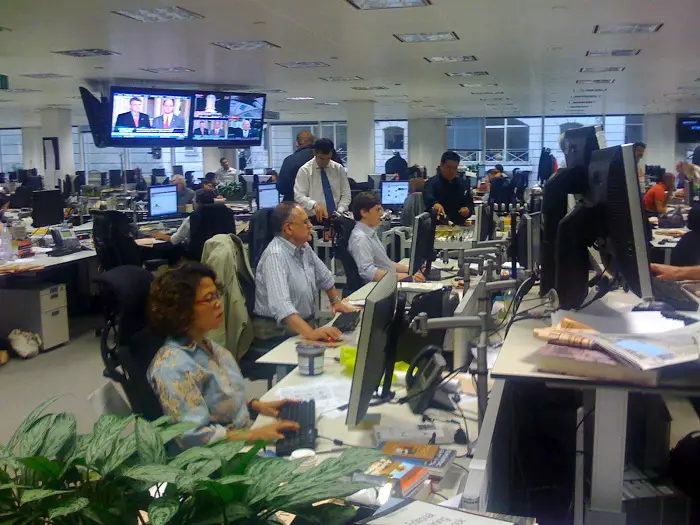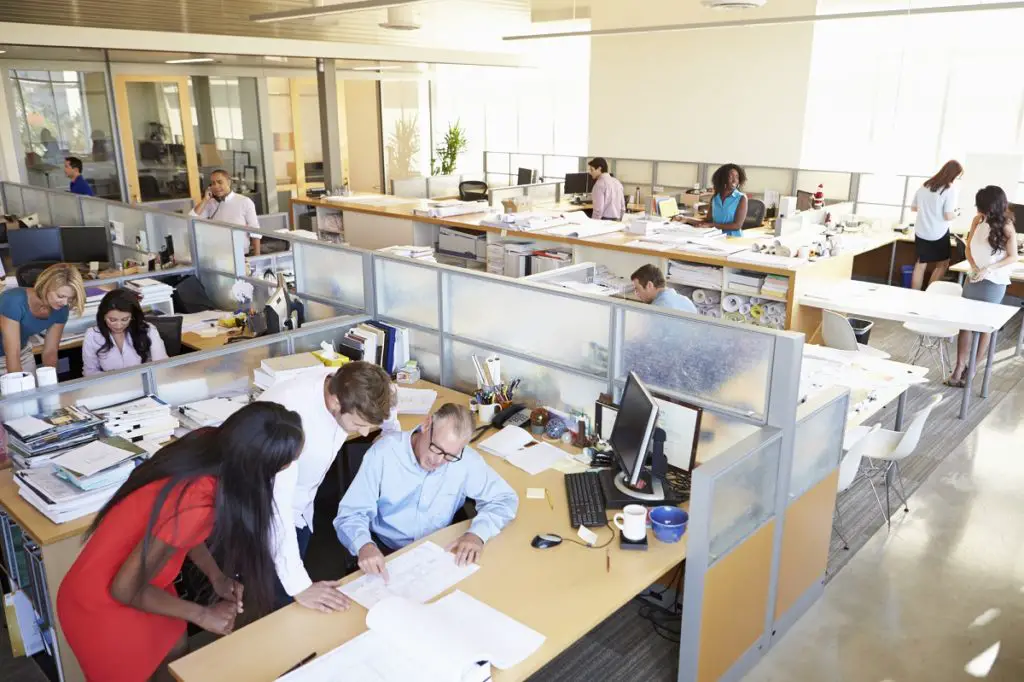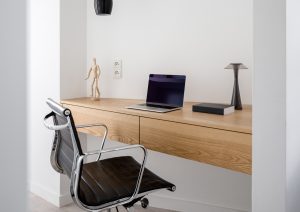Designers and office managers have been adding kinetic elements to office spaces for years now. The primary objective has been to provide flexibility and accommodate greater collaboration.
It would, after all, seem obvious that flux generates greater interaction among co-workers and colleagues.
But two Harvard researchers recently concluded studies that suggest open plan offices don’t serve the purpose many think they should.
Ethan Bernstein and Stephen Turban wanted to test whether removing walls in a real world office actually increases cooperation between co-workers.
To find out, they approached two multinational companies and recruited small groups of employees for two studies. Both companies were planning to update their work areas into open plan offices.
Using socio-metric badges, the researchers tracked interactions among employees before and after their offices switched to open plan schemes.
The data they collected led to some unexpected conclusions.

Sacrificing Privacy
In both experiments, face-to-face interactions saw a 70 percent decrease. Email messages between employees meanwhile increased by roughly 20 to 50 percent.
One explanation for why this happened is that open offices prioritize communication and collaboration but sacrifice privacy. As a result, people started sending e-mails or using instant messaging services to communicate.
“That can have profound consequences for how – and how productively – work gets done,” the researchers conclude.
The results of the two Harvard studies coincide with those of a sizeable body of scientific investigations on open floor workspaces.
A 1980
study, for instance, found that “architectural privacy” went hand in hand with
a sense of “psychological privacy.” The same study found that a measure of psychological
privacy in turn correlated with greater job satisfaction and performance.

More Investigation?
With a lack of privacy comes noise – the talking, typing, and even music from your co-worker’s earphones. Scientists suggest that background noise impairs both memory and productivity.
There is no question that open space offices look vastly more inviting than a cubicle farm. The constant coming and going in the newsroom look can be quite appealing to an office supervisor. That is why there is little surprise that so many emulate them.
But the ‘‘disruptive’’ thinking that insists a workplace ought to encourage interaction at the cost of personal psychological needs has its downsides.
While the modern open plan office might look like a productive space, it may actually exact a toll on the company’s bottom line.
“It’s really starting to look like this whole open plan shtick needs more investigation,” says article author Signe Dean for Science Alert.
Are you still certain you want to knock down those walls?






